1. The Emancipation Proclamation (1863)
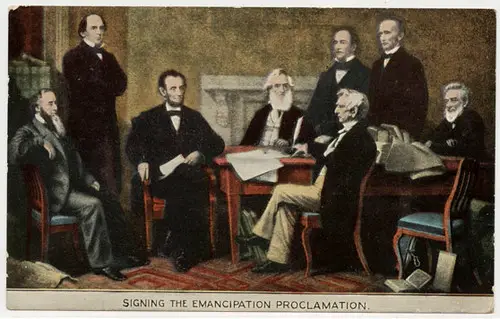
On January 1, 1863, President Abraham Lincoln signed the Emancipation Proclamation, declaring enslaved people in Confederate states free. While it didn’t instantly end slavery everywhere, it was a crucial step toward abolishing the institution entirely. For many enslaved Black Americans, the news spread slowly, but when it did, it ignited hope like never before says the Warren Record. The Civil War was still raging, but now it was about more than just preserving the Union—it was a fight for freedom. Black men were allowed to enlist in the Union Army, and nearly 200,000 did, proving their commitment to a country that had long denied them basic rights. Despite the document’s limitations, it changed the course of history, making abolition inevitable. When slavery officially ended with the 13th Amendment in 1865, the foundation laid by the Emancipation Proclamation had made it possible.
But freedom on paper didn’t mean equality in real life. Many formerly enslaved people had nowhere to go and no resources to start fresh. The Reconstruction era that followed saw some progress, with Black Americans being elected to political office for the first time. However, backlash came swiftly, as Jim Crow laws and violent white supremacist groups sought to strip them of their newfound rights. The promise of the Emancipation Proclamation—true freedom and opportunity—would take generations to fully realize. Yet, it remains one of the most pivotal moments in American history, a document that redefined the nation’s moral compass. It was the first time the U.S. government took a definitive stance against slavery, proving that change, no matter how slow, was always possible explains Britannica.
2. The Harlem Renaissance (1920s-’30s)
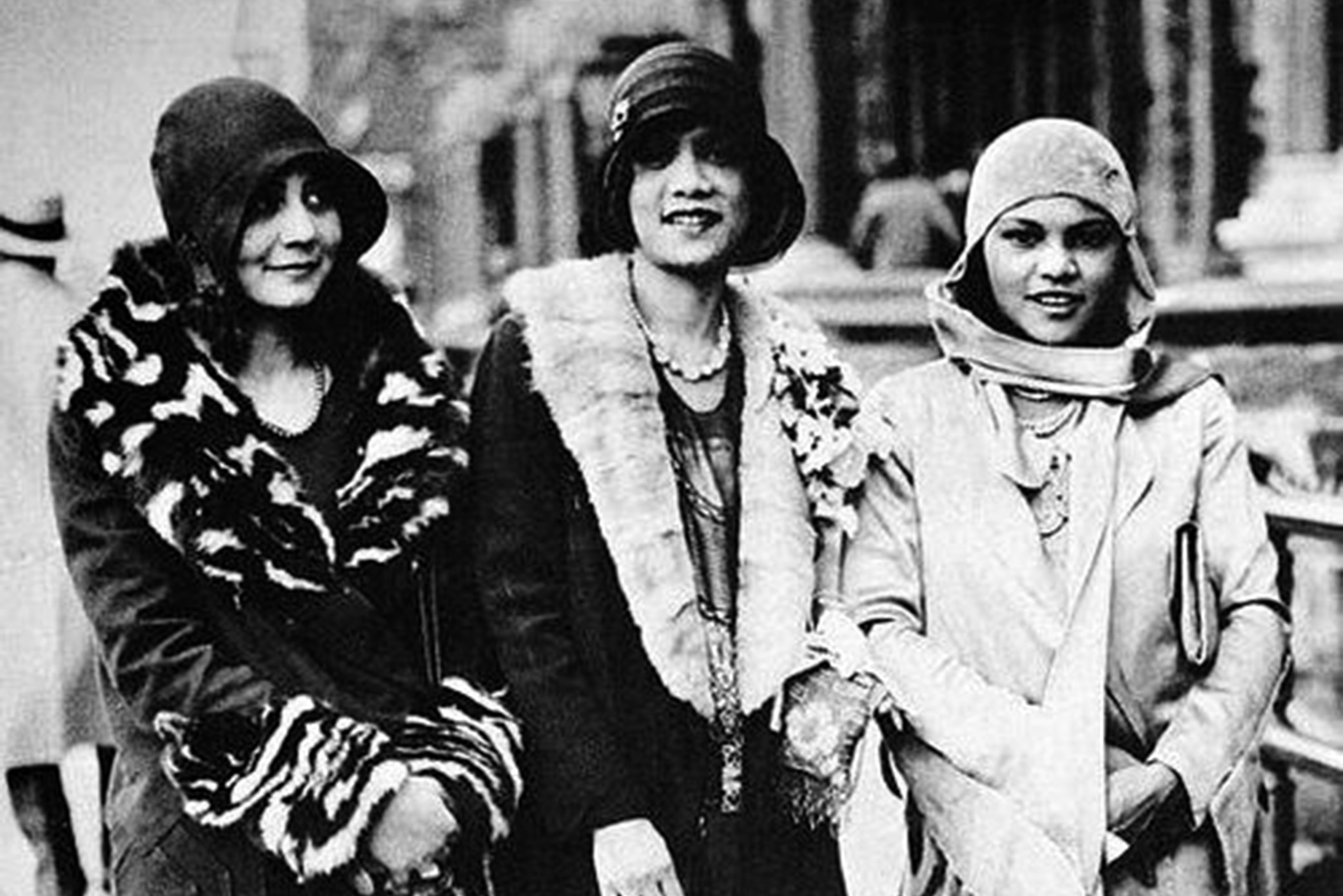
The Harlem Renaissance wasn’t just an artistic movement—it was a cultural revolution. Black writers, musicians, and artists in Harlem, New York, created work that celebrated Black identity, history, and resilience. Langston Hughes, Zora Neale Hurston, and Claude McKay used their words to tell stories of Black life that had rarely been acknowledged in mainstream America. Meanwhile, jazz icons like Duke Ellington and Louis Armstrong were redefining music with a sound so powerful it became the heartbeat of the era. Harlem’s nightclubs, like the Cotton Club and the Savoy Ballroom, became hotspots for innovation, drawing crowds from all backgrounds. This explosion of Black creativity wasn’t just about entertainment; it was about reclaiming a narrative that had been written by others for far too long.
At a time when racism was still deeply entrenched in American society, the Harlem Renaissance was an assertion of pride. It proved that Black culture was rich, dynamic, and essential to the nation’s identity. Though the Great Depression slowed its momentum, the impact of the movement never faded. It laid the groundwork for the Civil Rights Movement, inspiring generations to demand equality and recognition. It also forced white America to acknowledge Black excellence in a way it never had before. The Harlem Renaissance wasn’t just about art—it was about showing the world that Black voices mattered. Even today, its influence can be seen in music, literature, and fashion, reminding us that creativity is a powerful force for change says WGLT.
3. Brown v. Board of Education (1954)
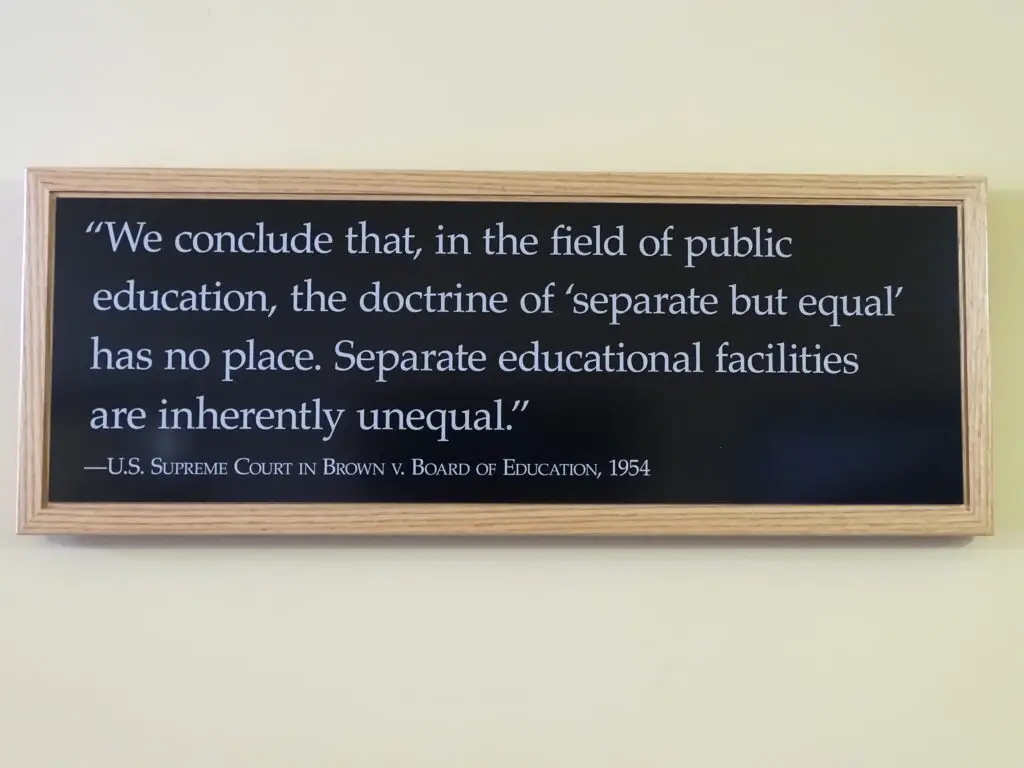
When the Supreme Court ruled in Brown v. Board of Education that racial segregation in schools was unconstitutional, it sent shockwaves through the country. For decades, Black students had been forced into underfunded, overcrowded schools under the guise of “separate but equal.” But the truth was, nothing about segregation was equal. Thurgood Marshall and the NAACP Legal Defense Fund fought tirelessly to prove that segregation harmed Black children, using psychological studies and legal arguments to dismantle the system. When the decision came down on May 17, 1954, it was a victory for justice. The ruling declared that separate schools were “inherently unequal,” striking a major blow against racial discrimination.
Of course, change didn’t happen overnight. Many Southern states resisted integration, with some shutting down public schools entirely rather than allowing Black and white students to learn together. The Little Rock Nine, a group of Black students who integrated Arkansas’ Central High School in 1957, faced violent mobs and needed federal protection just to attend class. It was clear that while laws could change, hearts and minds took longer. Brown v. Board of Education was a turning point, proving that the legal system could be a tool for progress. It inspired future civil rights battles and set the stage for further desegregation. Though challenges remained, this ruling affirmed that education was a right for all, not a privilege for some.
4. The Montgomery Bus Boycott (1955-’56)
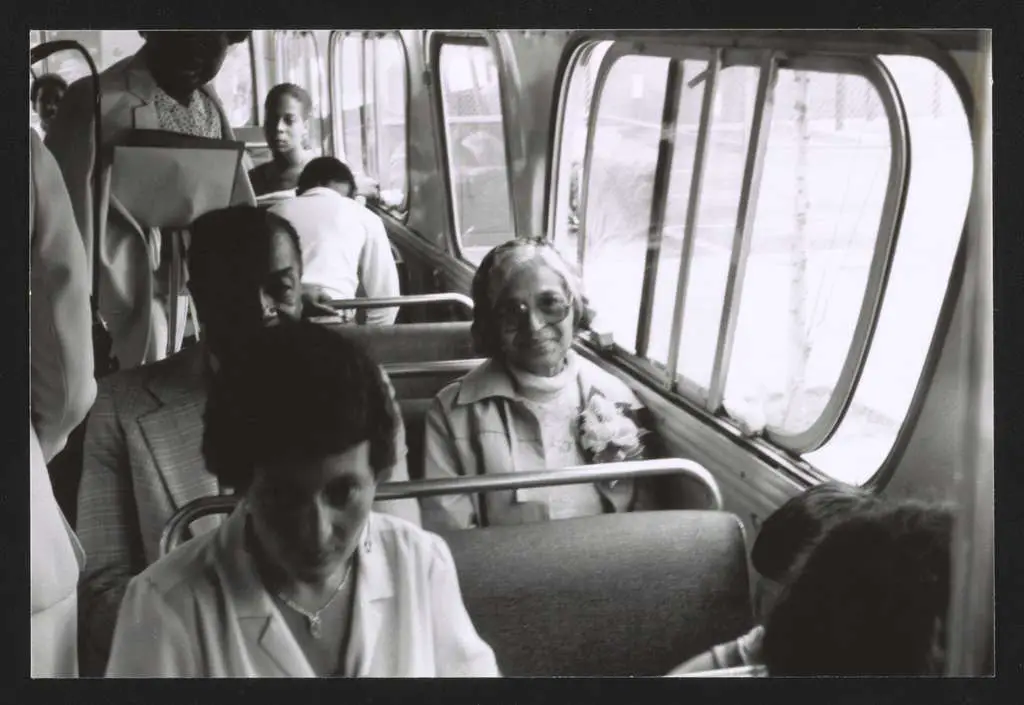
When Rosa Parks refused to give up her seat to a white passenger on a Montgomery bus, she wasn’t just tired—she was making a statement. Her arrest sparked a citywide boycott that lasted over a year, led by a then-unknown preacher named Martin Luther King Jr. Black residents, who made up the majority of Montgomery’s bus riders, stopped using the city’s buses, choosing to walk, carpool, or even ride mules instead. The economic impact was undeniable, and bus companies began to feel the pressure. Despite harassment, arrests, and even bombings, the boycott held strong. On November 13, 1956, the Supreme Court ruled that bus segregation was unconstitutional, marking a major victory for the Civil Rights Movement.
The Montgomery Bus Boycott proved that collective action worked. It showed that ordinary people could come together to fight injustice and win. More importantly, it catapulted Martin Luther King Jr. into the national spotlight, setting the stage for the larger battles to come. The success of the boycott inspired similar protests across the South, reinforcing the power of nonviolent resistance. It also forced white Americans to reckon with the realities of segregation and its deep injustices. The fight for civil rights was far from over, but this moment made it clear: Black Americans weren’t backing down.
5. The Civil Rights Act (1964)
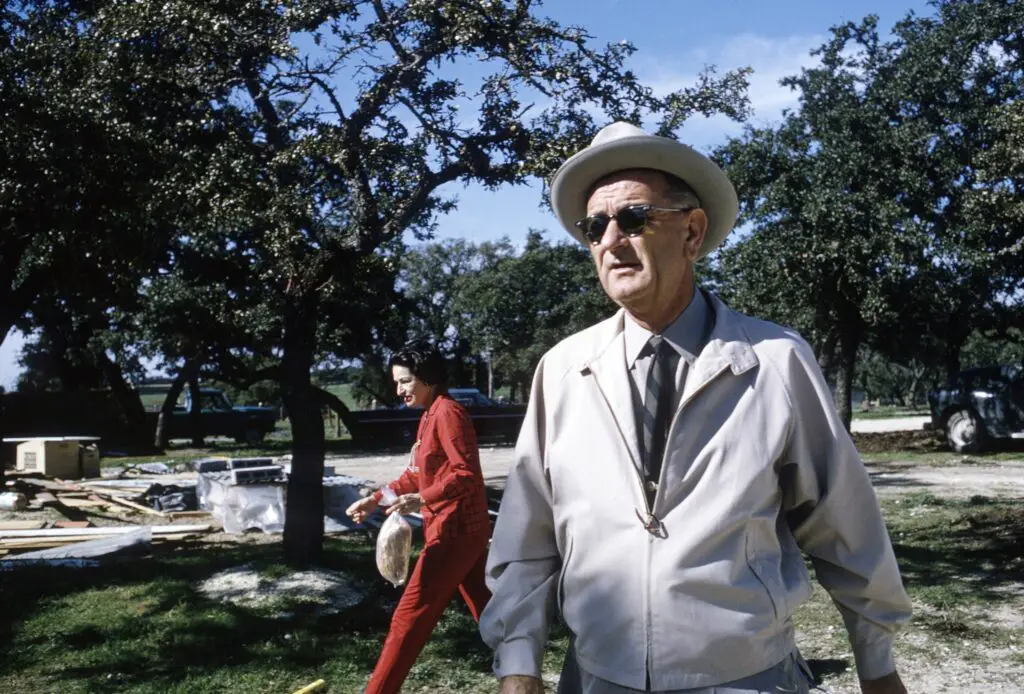
For years, activists marched, protested, and endured violence to demand equal rights. The Civil Rights Act of 1964 was the result of their relentless fight. This landmark law banned discrimination based on race, color, religion, sex, or national origin in public places, schools, and workplaces. It was a direct response to years of segregation and systemic racism. President Lyndon B. Johnson signed it into law on July 2, 1964, flanked by civil rights leaders who had fought tirelessly for its passage. Though the struggle wasn’t over, this law was a turning point. It provided legal backing for desegregation and gave the federal government the power to enforce civil rights protections.
The bill’s passage wasn’t easy. Southern lawmakers tried to block it with a 75-day filibuster, the longest in U.S. history. But the voices of those demanding change were louder. The Civil Rights Act was a victory, but it didn’t erase racism. Many businesses and schools found ways to skirt the law, and discrimination persisted. Still, it was a step forward, proving that systemic change was possible. This law paved the way for future legislation, including the Voting Rights Act of 1965. It was a testament to the power of activism, showing that real change came from those who refused to be silent.
6. The Voting Rights Act (1965)
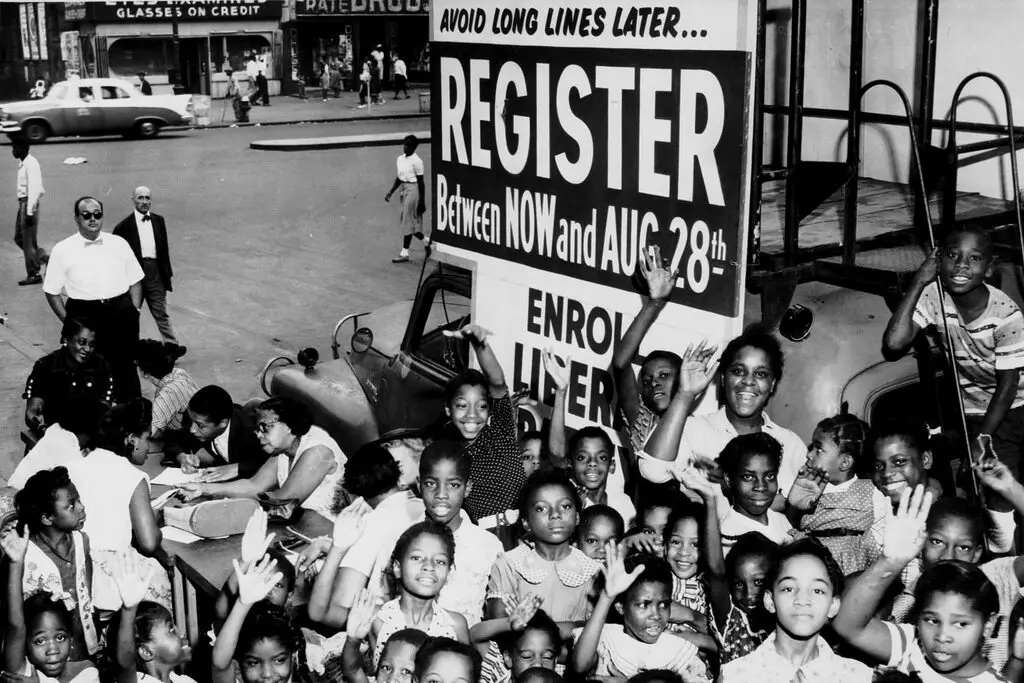
For Black Americans, the right to vote had been legally granted by the 15th Amendment in 1870, but in reality, it was anything but accessible. Literacy tests, poll taxes, and outright intimidation kept many from casting their ballots, especially in the South. The Selma to Montgomery marches in 1965 put this injustice in the national spotlight. On March 7, a day now known as Bloody Sunday, peaceful marchers were brutally attacked by state troopers as they attempted to cross the Edmund Pettus Bridge. The shocking images of the violence horrified the nation and forced President Lyndon B. Johnson to act. Just months later, on August 6, 1965, he signed the Voting Rights Act into law, banning racial discrimination in voting.
This law was a game-changer. It eliminated literacy tests and allowed federal examiners to oversee voter registration in states with a history of discrimination. Almost immediately, Black voter registration skyrocketed, and more Black officials were elected to public office. But as history has shown, progress is always met with resistance. In recent years, parts of the Voting Rights Act have been weakened by Supreme Court rulings, making voter suppression a modern issue rather than a relic of the past. Still, the act remains one of the most powerful pieces of civil rights legislation in U.S. history. It was proof that the fight for democracy could lead to real, lasting change.
7. The Rise of Hip-Hop (1970s-Present)

What started as a local movement in the Bronx during the ’70s quickly grew into a global phenomenon. Hip-hop wasn’t just about music—it was about storytelling, activism, and self-expression. Block parties and underground DJs like Kool Herc laid the groundwork for a new sound, one that spoke directly to Black experiences in America. As rap music evolved, artists like Grandmaster Flash and Public Enemy used their lyrics to address issues like police brutality, systemic racism, and poverty. By the ’90s, hip-hop had gone mainstream, influencing everything from fashion to film. It became a powerful tool for Black artists to own their narratives and challenge stereotypes.
But hip-hop’s impact wasn’t just cultural—it was political. Songs like N.W.A.’s “F*** tha Police” and Tupac’s “Changes” forced uncomfortable conversations about racial injustice. The genre gave a voice to communities that had long been ignored, and its influence only grew with time. Today, hip-hop is the most dominant genre in music, shaping global trends and conversations. It has also opened doors for Black entrepreneurs, with artists launching their own record labels, clothing brands, and media empires. Despite criticisms and controversies, hip-hop remains a testament to Black creativity and resilience. It’s more than music; it’s a movement that continues to redefine American culture.
8. The Election of Barack Obama (2008)
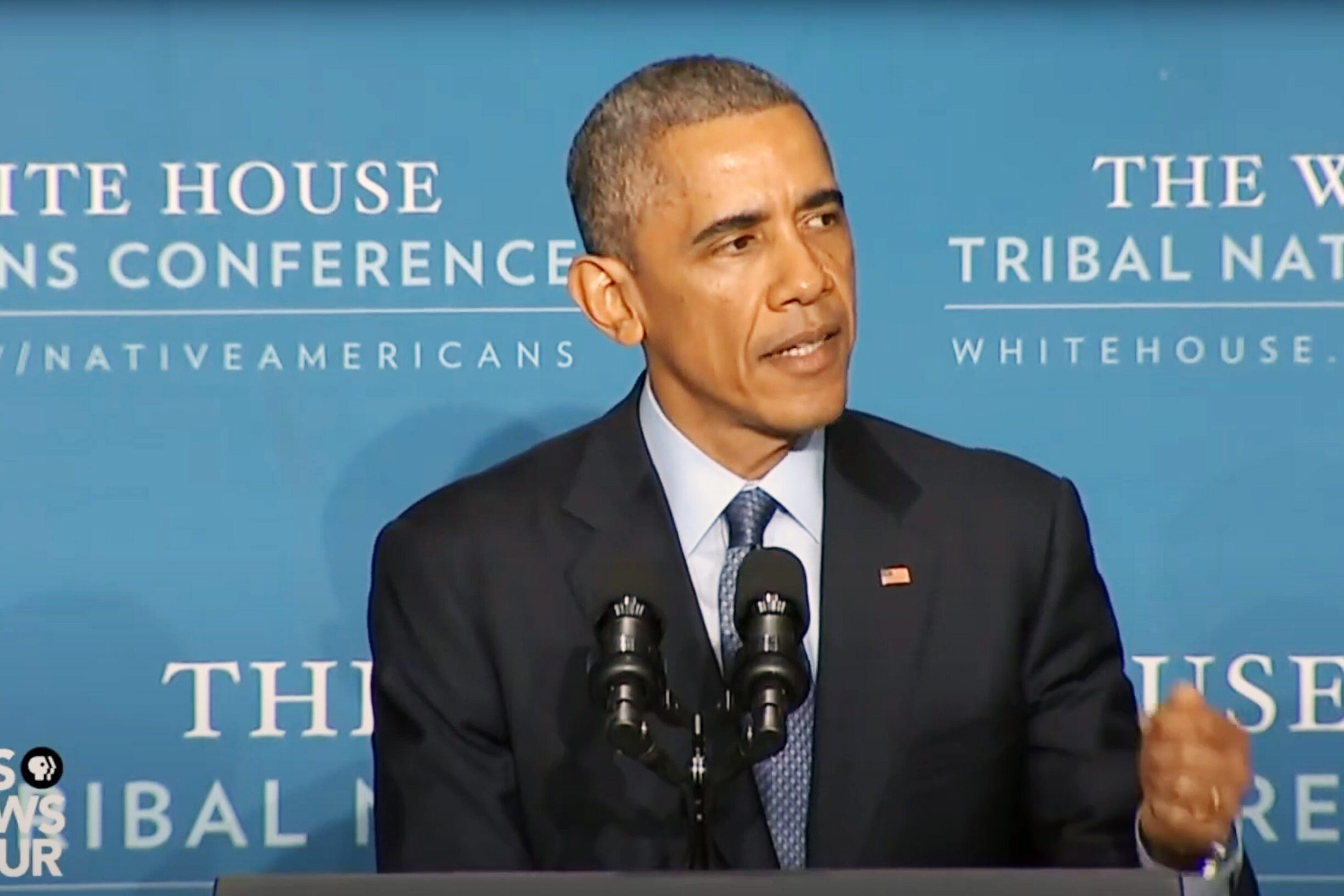
When Barack Obama was elected as the 44th President of the United States, it was a historic moment that many never thought they’d see in their lifetime. As the first Black president, his victory shattered centuries-old barriers and proved that change was possible. His campaign, built on hope and unity, inspired millions across racial and generational lines. For Black Americans, his win wasn’t just political—it was deeply personal. It symbolized progress, resilience, and the sacrifices of those who had fought for civil rights. His inauguration on January 20, 2009, was watched by millions, marking a new chapter in American history.
But Obama’s presidency wasn’t without its challenges. Racism didn’t disappear with his election, and in many ways, it became more visible. He faced intense opposition from political opponents, and his presidency coincided with the rise of movements like Black Lives Matter, sparked by police violence against Black communities. Still, his time in office saw major achievements, from the Affordable Care Act to criminal justice reforms. His presidency proved that representation matters, inspiring a new generation of leaders. Though America’s racial struggles are far from over, Obama’s election remains a milestone that changed the course of the nation.
